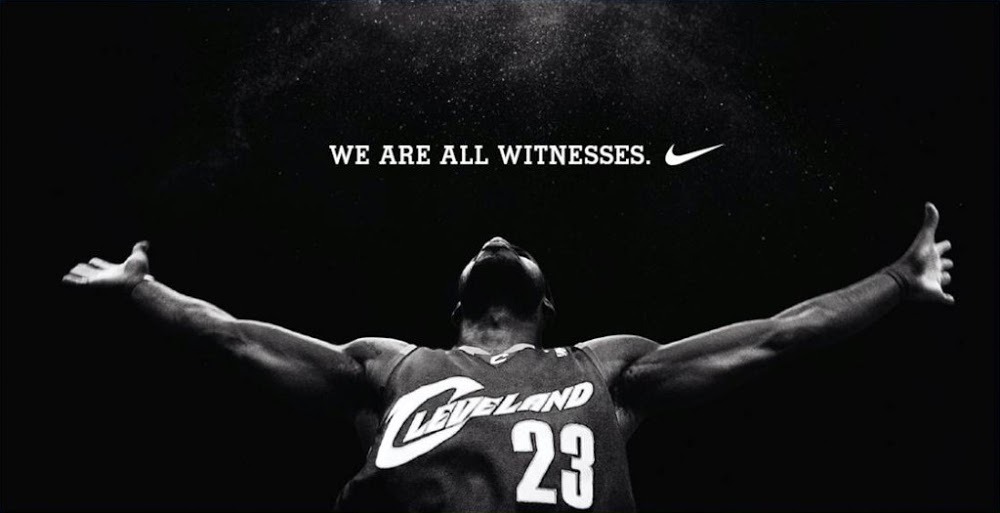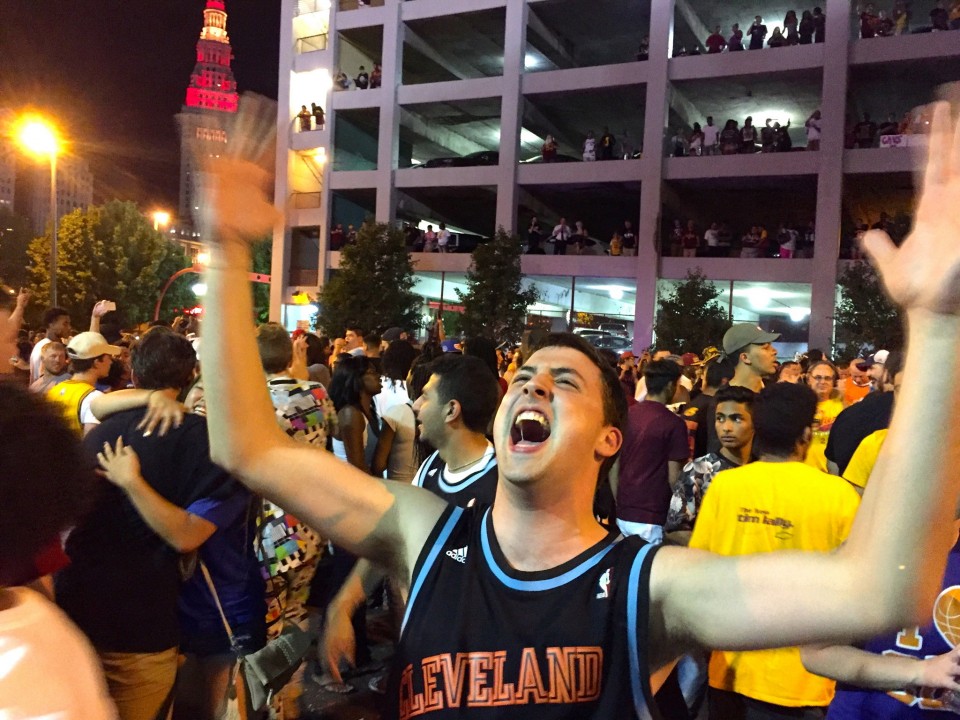I wish I was surprised.
Once, I thought America’s justice system fulfilled its duty. I waited for Officer Darren Wilson’s indictment after killing Michael Brown, younger than I am now, under murky circumstances. I felt sure Daniel Pantaleo would face both charges and conviction for choking Eric Garner to death, ignoring the man’s cries of “I can’t breathe.”
Yet in both cases, grand juries declined to indict the officers. The dead men, it seemed, had been too scary — as if their skin and size held them accountable for their demises.
So, in retrospect, I showed too much faith when police violence against black men came to my city. When Officer Timothy Loehmann killed Tamir Rice, a black 12-year-old with a toy gun outside Cleveland’s Cudell Recreation Center, I felt a surge of hope. I had faith in Cleveland, in our government and prosecutors, in the city that raised me and the residents who smile so freely on the sidewalk.
I was wrong. Today, more than 13 months after Tamir died Nov. 22, 2014, county prosecutor Timothy J. McGinty announced the officers responsible will face no charges. Neither Loehmann nor his partner, Officer Frank Garmback, who drove the car, will face jail time or even a trial for killing a child.
I am not surprised, but I am dismayed.
I am a young, middle-class white woman. My skin’s hue is remarkably close to printer paper. I stand at an imposing 5-foot-2. I wear clean, modest clothing, mainly sweaters and jeans. No one has ever presumed me guilty of napping in synagogue, let alone of committing a crime.
It’s taken 19 years for me to understand I am lucky in that respect. Growing up, I thought the presumption of innocence applied to all citizens, not just myself. Indeed, that presumption stands true for many Americans — white people; the elderly; women, sometimes; and police officers. But Michael Brown’s, Eric Garner’s and now Tamir Rice’s deaths prove black men do not fall under that category.
Tamir Rice is not dead because he removed the orange safety tab from his toy gun. He is not even dead because a police officer pulled a trigger. He is dead because he was a 5-foot-7 black boy, and our nation’s justice system fails people with dark skin.
The blame does not all fall on Timothy Loehmann. The Cleveland Police Department hired Loehmann despite his record in Independence, where his emotional instability and “dismal” handgun performance forced him to resign before getting fired in 2012. After receiving a concerned call about a juvenile playing with a toy gun Nov. 22, police dispatcher Beth Mandl inaccurately reported a man threatening people with a real weapon. Garmback drove the police car next to Tamir in the park. He and Loehmann grew up in a culture that makes black men suspect because of their skin.
But Loehmann pulled the trigger, as thousands of people saw in the video of Tamir’s death. In that footage, the events that unfolded were clear. Garmback and Loehmann pulled up next to Tamir, straight onto the grass, stopping abruptly. Tamir stood, wary but curious as children so often are, and approached the vehicle. Loehmann all but leapt out of the car, shooting Tamir less than two seconds after the car had stopped. There was no time for the officers to issue a warning; there was no time for Tamir to respond to one. Tamir’s body crumpled, and Loehmann and Garmback did nothing to attend to the boy dying on the ground next to them.
I admit the video does not show clearly whether, after the police car pulled up, Tamir tried to pull his toy gun out of his pocket. Experts hired by the prosecution and Tamir Rice’s family have filed conflicting reports. However, the mere fact experts disagree based on the footage shows the grand jury should have indicted Loehmann and Garmback. The officers are not innocent beyond doubt. The case should have continued to a trial, where a jury could have assessed their actions’ validity in proper depth.
Perhaps even a trial would have failed Tamir Rice. But charging the officers would have given Tamir’s death the consideration it deserves — and, just as importantly, would have shown care for Tamir’s life. Tamir Rice is not just a corpse. Once, he breathed. He began June 25, 2002, tiny and wrinkled. He grew tall, with a goofy grin, during his 12 years. He would have grown taller. He loved his mother and siblings; he borrowed a toy from his friend. He liked art and basketball.
Like you, like me, he lived.
By refusing to indict Loehmann and Garmback, the grand jury has decided not to acknowledge Tamir’s personhood. They have decided Tamir Rice’s life did not matter. They have decided he is only a death, a footnote on two officers’ resumes.
I wish I was surprised.
I wish my faith in Cleveland’s justice system had lasted longer than a few months.
But even I, a middle-class white woman, caught on. For all the reasons I love Cleveland — the Rock and Roll Hall of Fame, our abysmal sports teams, my neighbors’ friendliness — we remain an American city, with the endemic prejudice that entails. From the moment he emerged into this country, Tamir Rice did not stand a chance.

